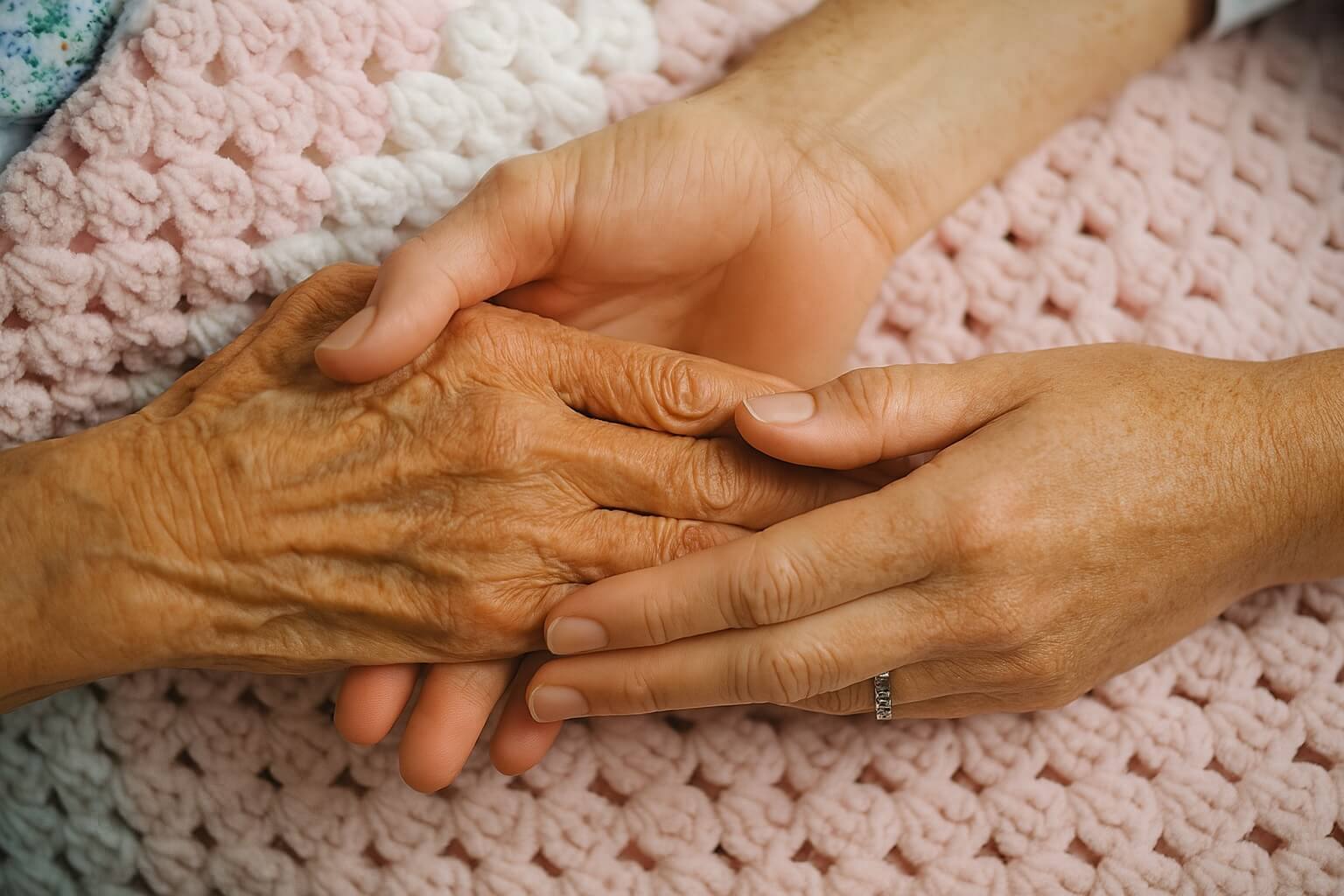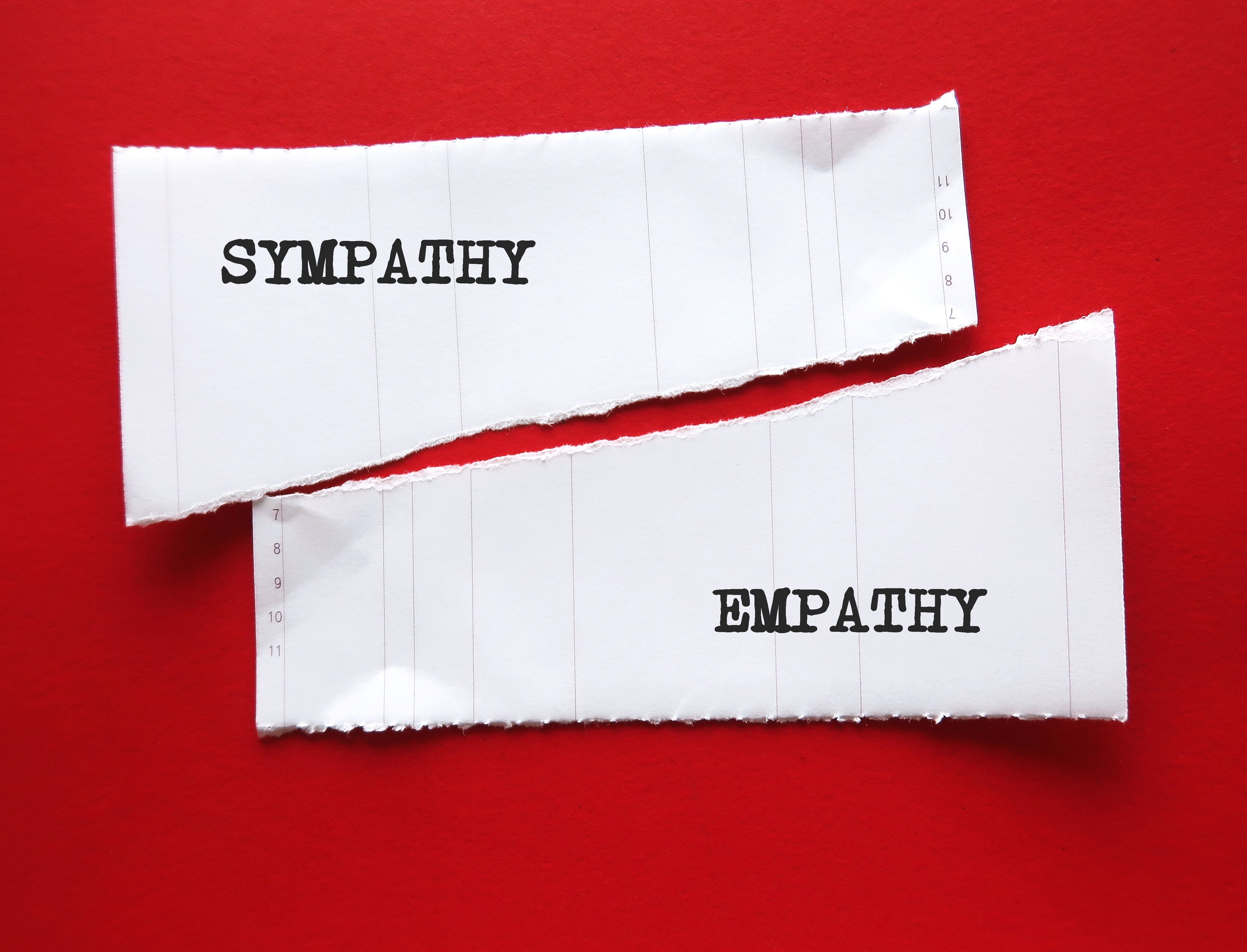The Healing Power of Touch in Dementia Care

Why skilled touch matters more than ever in person-centered dementia care.
What if one of the most powerful tools for reducing distress and improving well-being for people living with dementia required no prescription, no devices—and almost no cost?
Touch, when used intentionally and compassionately, is one of the most overlooked therapeutic tools in dementia care. From reducing anxiety to improving sleep and mood, the simple act of skilled touch can produce profound benefits for older adults facing cognitive decline.
Why Does Touch Work?
Touch is one of the first senses we develop as infants—and one of the last to fade as we age. For people living with dementia, verbal communication often becomes difficult. But the need for connection, reassurance, and calm does not disappear. In fact, it grows stronger.
- Decrease physical discomfort and pain
- Provide sensory stimulation and body awareness
- Lower stress and reduce agitation
- Promote emotional safety and relaxation
- Combat feelings of loneliness and isolation
Care-partners frequently report moments of peace and connection during simple hand massages or back strokes. These small interactions can de-escalate a tense moment, replace confusion with calm, and reestablish dignity in care.
“The effects of massage for reducing anxiety and increasing relaxation were recurring themes suggesting that slow stroke back massage reduces psychological stress.”
— Harris & Richards, Journal of Clinical Nursing
The Evidence Is Clear: Touch Relieves
A landmark review published in the Journal of Clinical Nursing (2010) by Melodee Harris and Kathy C. Richards examined the physiological and psychological effects of slow-stroke back massage and hand massage in older adults. The review found:
- Slow-stroke back massage significantly reduces psychological stress and anxiety.
- Hand massage consistently reduces verbal aggression and non-aggressive behaviors in people with dementia.
- Massage improves mood, engagement, and calm—especially when used regularly and intentionally.
“Outcomes on psychological indicators are consistent with strong physiological indicators… statistically significant results are associated with decreasing agitation and promoting relaxation.”
— Harris & Richards, 2010
How Touch Enhances Dementia Care
The benefits of skilled touch are twofold. First, it improves the emotional and physical state of the person living with dementia. Second, it strengthens the bond between caregiver and care recipient—reducing stress and burnout for both.
Organizations using Compassionate Touch® report:
- Improved care satisfaction
- Fewer behavioral escalations
- Deeper moments of connection
Compassionate Touch®: A Proven Approach
Compassionate Touch® is AGE-u-cate’s evidence-informed program that teaches caregivers how to use touch and specialized communication in their everyday routines. The program includes:
- Protocols for hand massage and slow-stroke back massage
- Training for professionals and family members
- Techniques that support relaxation, dignity, and connection
It’s scalable, affordable, and powerful across settings—from home care to hospice, hospital to senior living.
Reframing Care Through Human Connection
Dementia care is often clinical—but dementia is not just a medical condition. It’s a deeply human experience. Compassionate touch re-centers that humanity. It restores dignity. It communicates, “You are seen. You are safe.”
As the healthcare field moves toward trauma-informed and person-centered care, touch should no longer be optional—it should be essential.
Ready to Learn More?
Whether you’re a caregiver, team leader, or family member, you can learn to make a difference through touch.
Learn more about Compassionate Touch® →
Download the Program Overview →
Originally inspired by insights from Melodee Harris and Kathy C. Richards, Journal of Clinical Nursing, 2010.


